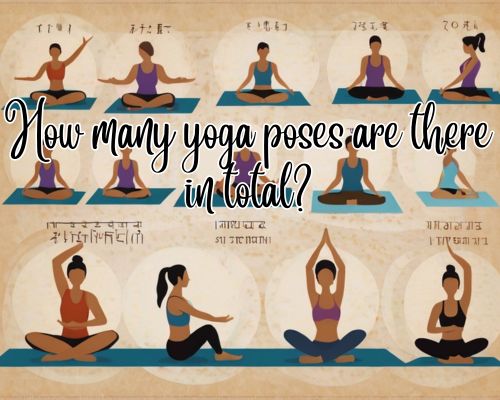Moving America USA, LLC – Your Trusted Moving Partner in Delray Beach, FL

Relocating to a new home or office can be an exciting yet overwhelming experience. It often involves careful planning, heavy lifting, and a great deal of time to ensure everything goes smoothly. For residents and businesses in movingamericausa.com has become the go-to solution for all their moving needs. Specializing in both residential and commercial moves, Moving America USA offers comprehensive, reliable, and efficient moving services that take the stress out of the entire process.
About Moving America USA, LLC
Located in the beautiful coastal city of Delray Beach, Florida, Moving America USA, LLC is a locally owned and operated moving company. The company has built a reputation for being one of the most trusted and professional moving services in the region. With years of experience in the moving industry, the team at Moving America USA understands the intricacies of moving, whether it’s down the street or across state lines.
The company provides a wide range of moving services to meet the unique needs of their clients. Their team consists of highly trained movers, all equipped with the latest tools and equipment necessary to handle even the most challenging moves. Whether you are moving a small apartment or an entire office building, Moving America USA ensures that your belongings are transported safely and efficiently.
Services Offered by Moving America USA, LLC
One of the standout features of Moving America USA is the comprehensive range of services they offer. Their services are tailored to meet the specific requirements of each client, ensuring a hassle-free moving experience.

Residential Moving Services
Moving to a new home can be an emotional and physically taxing event. Moving America USA aims to alleviate the stress by providing expert residential moving services. They understand the importance of your personal belongings and take extra care to ensure that everything is safely packed and transported. From fragile items like glassware and electronics to large furniture pieces, their experienced movers handle everything with precision.
Whether you are moving within Delray Beach, to another city in Florida, or even out of state, Moving America USA is there to assist you every step of the way. Their packing services help protect your belongings, and their fleet of modern trucks ensures that your items arrive at your new home on time and intact.
Commercial Moving Services
For businesses in Delray Beach, Moving America USA offers specialized commercial moving services that cater to offices, retail spaces, and more. A business move often requires careful coordination and timing to minimize downtime and disruption. Moving America USA understands the importance of keeping your operations running smoothly, and they work quickly and efficiently to get your business up and running in its new location.
Whether you are moving a small office or an entire corporate facility, Moving America USA offers packing, loading, transportation, and unpacking services that are customized to your business needs. Their team can handle everything from office furniture and equipment to sensitive documents and electronics.

Long-Distance Moving
For those relocating across the country, Moving America USA also provides long-distance moving services. Relocating to a new state can be particularly challenging, as it involves more logistics, planning, and travel time. With Moving America USA, customers can rest assured knowing that their long-distance move will be handled with care and professionalism. The team coordinates the entire process, ensuring that all items arrive safely and on time, regardless of the distance.
Packing and Unpacking Services
Packing is often the most time-consuming and stressful part of any move. To help ease this burden, Moving America USA offers professional packing and unpacking services. Their expert movers are trained in packing techniques that ensure your belongings are protected during transit. From large furniture to delicate glassware, every item is packed with care using high-quality packing materials.
Additionally, the unpacking services offered by Moving America USA make settling into your new home or office easier. Their team can help organize and set up your items, allowing you to quickly get back to your daily routine.
Storage Solutions
For those who need temporary storage during a move, Moving America USA provides secure storage options. Whether you’re downsizing, waiting for a new home to be ready, or simply need to store items during a transition, their storage facilities are clean, safe, and climate-controlled. Clients can rest easy knowing their belongings are secure and easily accessible whenever needed.

Why Choose Moving America USA, LLC?
Choosing the right moving company is a critical decision, and Moving America USA makes it easy for residents and businesses in Delray Beach, FL, to make the right choice. Here’s why they stand out:
- Professionalism and Experience: Moving America USA has years of experience in the moving industry. Their staff is trained to handle all aspects of the move, from packing to transportation, ensuring a smooth process every time.
- Competitive Pricing: Moving America USA offers affordable rates without compromising on quality. Their transparent pricing means there are no hidden fees, and customers know exactly what to expect.
- Customer-Centric Approach: The company places a high value on customer satisfaction. From the first consultation to the final unpacking, their team is dedicated to providing exceptional service and making the moving process as stress-free as possible.
- Fully Equipped Fleet: Moving America USA has a fleet of well-maintained trucks and equipment to handle all types of moves. This ensures that even the most delicate items are transported securely.
- Comprehensive Services: Whether you’re moving locally or across the country, need packing help, or require storage solutions, Moving America USA offers a full suite of services to meet all your moving needs.
Conclusion
If you’re planning a move in or around Delray Beach, FL, Moving America USA, LLC is your reliable moving partner. With a commitment to quality, professionalism, and customer satisfaction, they make what can be a stressful process much easier. Whether you’re moving your home, office, or need long-distance assistance, Moving America USA offers the expertise and experience needed to make your move a success.

















